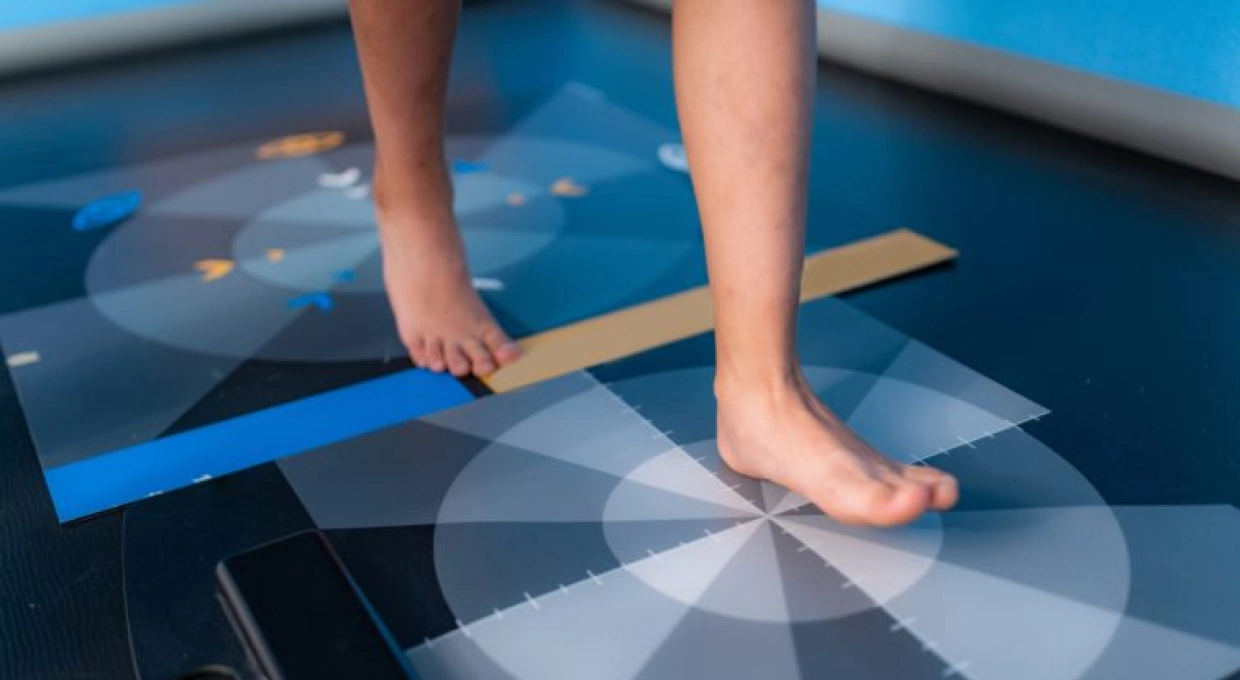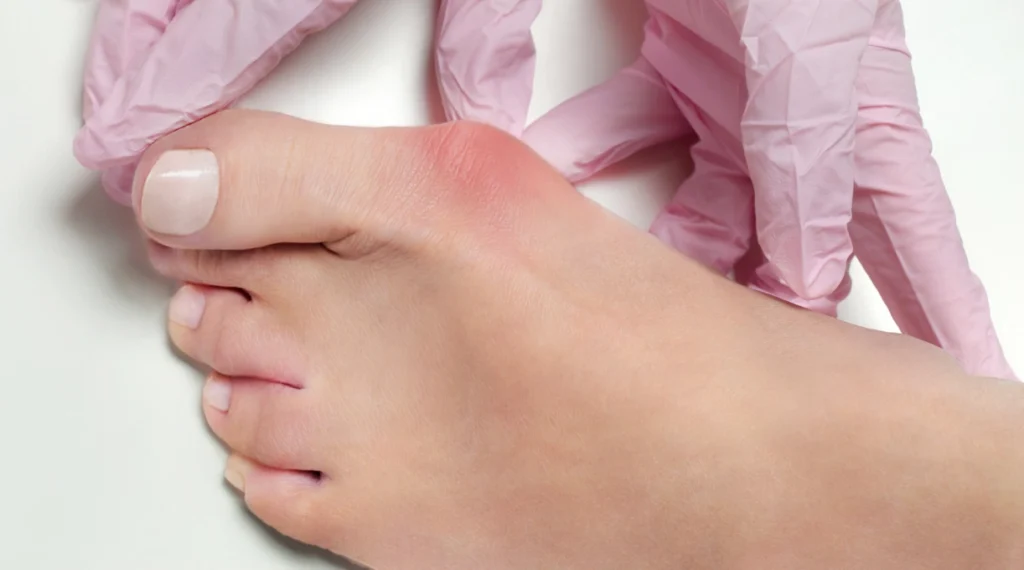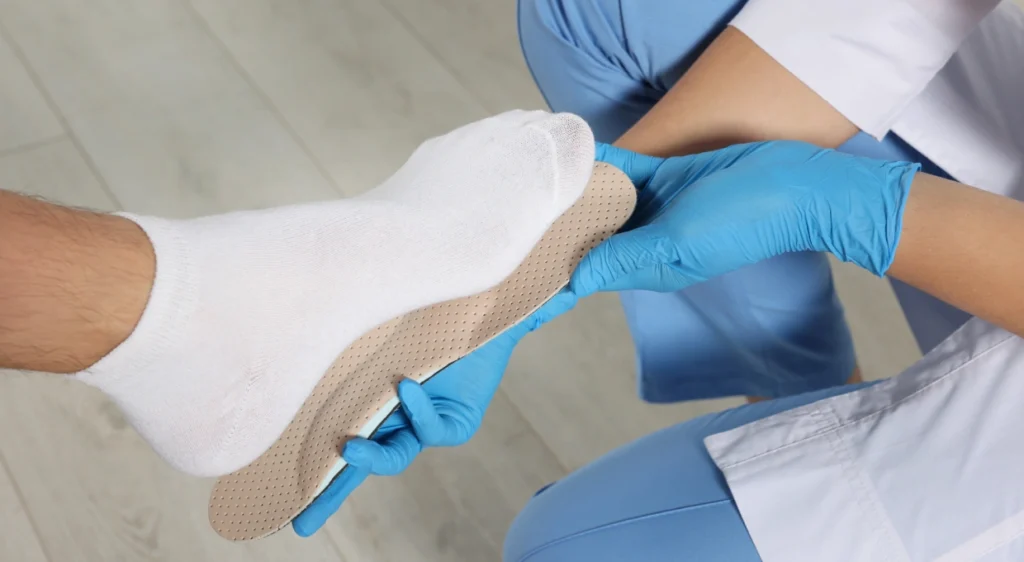The biomechanical study of gait is a fundamental tool in the diagnosis and treatment of various pathologies of the foot and lower extremity. At Clínica San Román, we have been offering specialized podiatric services for more than 40 years, and biomechanical gait analysis has become one of the pillars of our clinical practice.
What is a Biomechanical Gait Study?
The biomechanical gait study is a detailed analysis of the way a person walks. This study evaluates various parameters such as posture, weight distribution, the angle of the feet when walking, and the dynamics of the joints and muscles during movement. Using advanced technology, such as pressure platforms and high-speed cameras, abnormalities and dysfunctions that could be causing pain or predisposing to injury can be detected.
Importance of the Biomechanical Study
The biomechanical study of gait is crucial for several reasons:
Accurate Diagnosis
It allows the identification of problems in gait mechanics that are not obvious to the naked eye. This is essential for diagnosing conditions such as plantar fasciitis, tendonitis, recurrent sprains, and other pathologies related to foot biomechanics.

Injury Prevention
By detecting imbalances and gait abnormalities, preventive measures can be implemented to avoid injury. This is particularly important for athletes and active people who are in constant motion and at risk of developing overuse injuries.
Personalization of Treatment
Each patient is unique, and so are his or her needs. Biomechanical analysis allows us to design personalized treatments that may include custom orthoses, recommendations for appropriate footwear, and specific rehabilitation programs.
How is the Biomechanical Study performed at Clínica San Román?
At Clínica San Román, the biomechanical gait study is performed in several phases:
Initial Evaluation
A detailed interview and physical examination is conducted to understand the patient’s symptoms and medical history. This helps to contextualize the findings of the biomechanical study.
Pressure Platform Analysis
The patient walks on a pressure platform that records the weight distribution and forces exerted on different parts of the foot during gait. This information is vital to identify areas of overload and imbalance.
Motion Capture
Using high-speed cameras, the patient’s movement is recorded from different angles. This allows a detailed analysis of the gait kinematics, evaluating how the joints and body segments move.
Analysis and Diagnosis
The collected data is analyzed using specialized software that generates a detailed report on the patient’s gait biomechanics. With this information, the podiatrist can identify dysfunctions and design a personalized treatment plan.
Treatments Derived from the Biomechanical Study
Depending on the results of the study, various interventions may be recommended:
Custom Orthoses
Custom orthotics can correct imbalances and provide additional support where needed.
Footwear Recommendations
Changes in footwear may be suggested to improve alignment and weight distribution.
Physical Therapy
Specific exercises and rehabilitation programs can help strengthen muscles and improve gait mechanics.
Surgical Interventions
In severe cases, it may be necessary to resort to surgical procedures to correct structural deformities.
Long-Term Benefits
Biomechanical gait analysis not only helps to treat current problems, but can also prevent future complications. By improving the alignment and function of the foot and lower extremity, the risk of developing new pathologies is reduced and the patient’s quality of life is improved.
Conclusion
At Clínica San Román, we are committed to the well-being of our patients. Our comprehensive and personalized approach, combined with more than 40 years of experience in podiatry and the use of advanced technology, allows us to offer effective and long-lasting treatments. If you experience pain when walking or have recurring foot problems, we invite you to have a biomechanical gait study with us to identify and treat the root of your problems.



